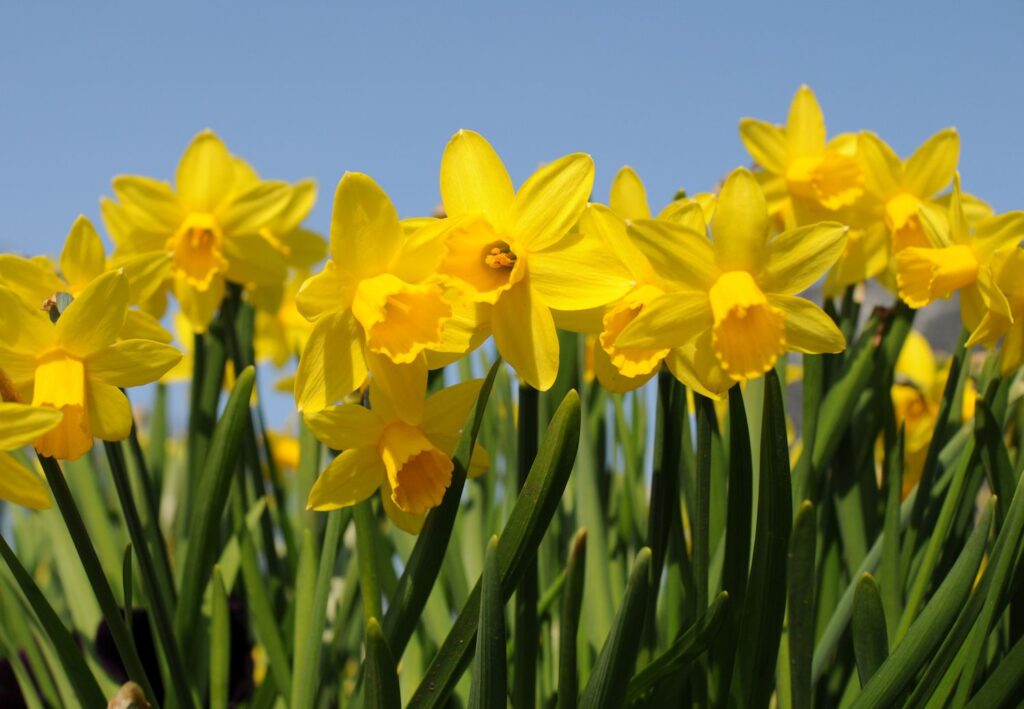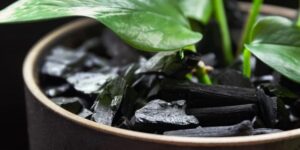
Yellow flowers blooming amidst the green expanse of grasslands evoke a sense of beauty and wonder, captivating observers with their vibrant colors and delicate forms. In this article, we delve into the world of yellow flowers that grow in grass, exploring their diversity, ecological significance, and practical considerations for identification and management.
I. Introduction to Yellow Flowers in Grass
A. Fascination with Yellow Flowers: The allure of yellow flowers lies in their cheerful hues and ability to brighten up any landscape, adding a splash of color to meadows, lawns, and fields.
B. Common Sight in Grasslands: Yellow flowers are a familiar sight in grasslands around the world, thriving in diverse ecosystems and playing important roles in ecological dynamics.
C. Importance of Identifying Yellow Grass Flowers: Understanding the types of yellow flowers that grow in grass is essential for landscape management, conservation efforts, and appreciation of botanical diversity.
II. Types of Yellow Flowers Found in Grass
A. Dandelions: Common Yet Misunderstood 1. Characteristics of Dandelions: Dandelions are recognizable by their bright yellow flowers and distinctive toothed leaves, often considered a weed but valued for their medicinal properties. 2. Ecological Role and Benefits: Dandelions provide important nectar and pollen sources for pollinators, contribute to soil health, and serve as indicators of ecosystem health. 3. Management and Control: Strategies for managing dandelions include cultural practices, mechanical removal, and chemical control methods, balancing their ecological benefits with aesthetic considerations.
B. Buttercups: Delicate and Vibrant 1. Unique Features of Buttercups: Buttercups are characterized by their glossy yellow petals and cup-shaped flowers, thriving in moist habitats such as meadows and streambanks. 2. Ecological Significance: Buttercups play a role in pollination and seed dispersal, attracting insects and birds while providing food for grazing animals. 3. Potential Risks and Toxicity: Some species of buttercups contain toxins that can be harmful to livestock if ingested in large quantities, necessitating caution in pastures and foraging areas.
C. Yellow Wood Sorrel: Oxalis Beauty 1. Overview of Yellow Wood Sorrel: Yellow wood sorrel is a low-growing plant with heart-shaped leaves and yellow flowers, commonly found in lawns, gardens, and woodland areas. 2. Culinary and Medicinal Uses: Yellow wood sorrel is edible and has a tart, lemony flavor, used in salads, soups, and herbal remedies for its purported health benefits. 3. Management in Lawns and Gardens: Controlling yellow wood sorrel in lawns and gardens requires a combination of cultural methods, such as mowing and hand-pulling, and selective herbicide applications for persistent infestations.
III. Factors Influencing Yellow Flower Growth in Grass
A. Environmental Conditions 1. Sunlight Requirements: Yellow flowers in grasslands thrive in sunny locations, where they receive ample sunlight for photosynthesis and flower production. 2. Soil Composition and Moisture Levels: Soil fertility, pH, and moisture levels influence the growth and vigor of yellow flowers, with some species preferring well-drained soils and others tolerating wet conditions. 3. Climate and Geographic Location: Regional climate patterns and geographic factors play a role in determining the distribution and abundance of yellow flowers in grasslands, with different species adapted to specific climatic conditions.
B. Human Activities and Land Management Practices 1. Lawn Care Practices: Lawn maintenance activities such as mowing, fertilizing, and watering can affect the presence and abundance of yellow flowers, with some species thriving in well-managed lawns and others suppressed by intensive management practices. 2. Agricultural Practices: Agricultural activities such as grazing, hay production, and pesticide use can impact yellow flower populations in grasslands, altering habitat suitability and biodiversity. 3. Urbanization and Habitat Destruction: Urban development and habitat loss pose significant threats to grassland ecosystems, fragmenting habitats and reducing the availability of suitable habitat for yellow flowers and other plant species.
C. Ecological Interactions and Succession 1. Competition with Other Plants: Yellow flowers in grasslands compete with other plant species for resources such as sunlight, water, and nutrients, influencing their distribution and abundance. 2. Role in Ecosystem Dynamics: Yellow flowers play important roles in ecosystem dynamics, serving as food sources for pollinators and herbivores, contributing to nutrient cycling, and shaping community composition. 3. Adaptations to Changing Environments: Some yellow flowers exhibit adaptations to changing environmental conditions, such as drought tolerance or rapid growth rates, allowing them to persist in dynamic ecosystems and respond to ecological disturbances.
IV. Tips for Identification and Management
A. Observation and Documentation 1. Visual Characteristics: Learn to recognize the visual characteristics of yellow flowers, including flower shape, leaf arrangement, and growth habit, to aid in identification. 2. Botanical Features: Familiarize yourself with the botanical features of yellow flowers, such as flower parts, seed structures, and leaf morphology, using field guides and online resources for reference. 3. Using Field Guides and Resources: Utilize field guides, botanical keys, and online resources to assist in the identification of yellow flowers, cross-referencing multiple sources for accuracy and reliability.
B. Sustainable Management Practices 1. Integrated Pest Management: Adopt integrated pest management strategies to control yellow flowers in grasslands, combining cultural, mechanical, and chemical control methods for effective and environmentally friendly management. 2. Natural Control Methods: Explore natural control methods for managing yellow flowers, such as biological control agents, habitat modification, and soil amendments, minimizing the use of synthetic pesticides and herbicides. 3. Cultivation Techniques for Desired Species: Foster the growth of desired species of yellow flowers in grasslands through cultivation techniques such as seeding, planting, and soil preparation, promoting biodiversity and ecosystem resilience.
C. Balancing Aesthetics and Biodiversity 1. Embracing Native Species Diversity: Embrace the diversity of native yellow flowers in grasslands, incorporating a variety of species into landscaping designs and restoration projects to enhance ecological function and resilience. 2. Incorporating Yellow Flowers into Landscaping Designs: Integrate yellow flowers into landscaping designs and garden plans, selecting species that complement other plantings and attract beneficial wildlife, such as pollinators and birds. 3. Educating Others About the Importance of Grassland Flora: Educate others about the importance of grassland flora and the role of yellow flowers in supporting ecosystem health and biodiversity, advocating for conservation efforts and sustainable land management practices.
V. Conclusion: Embracing the Beauty and Diversity of Yellow Flowers in Grass
Yellow flowers that grow in grasslands are not only visually captivating but also ecologically significant, contributing to the diversity and resilience of grassland ecosystems. By understanding the types of yellow flowers found in grass, the factors influencing their growth, and practical tips for identification and management, we can foster appreciation for these botanical treasures and promote their conservation in natural and cultivated landscapes. Embrace the beauty and diversity of yellow flowers in grass, and let them inspire you to cultivate a deeper connection with the natural world.




